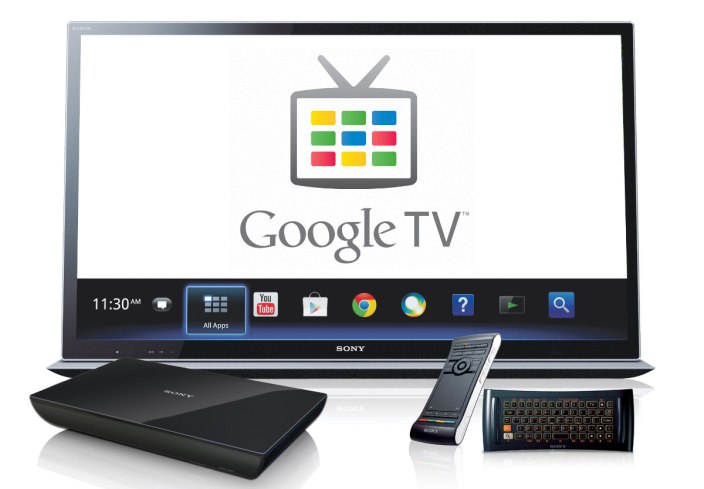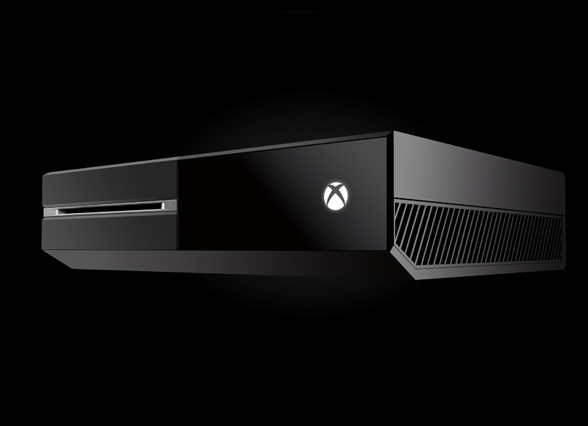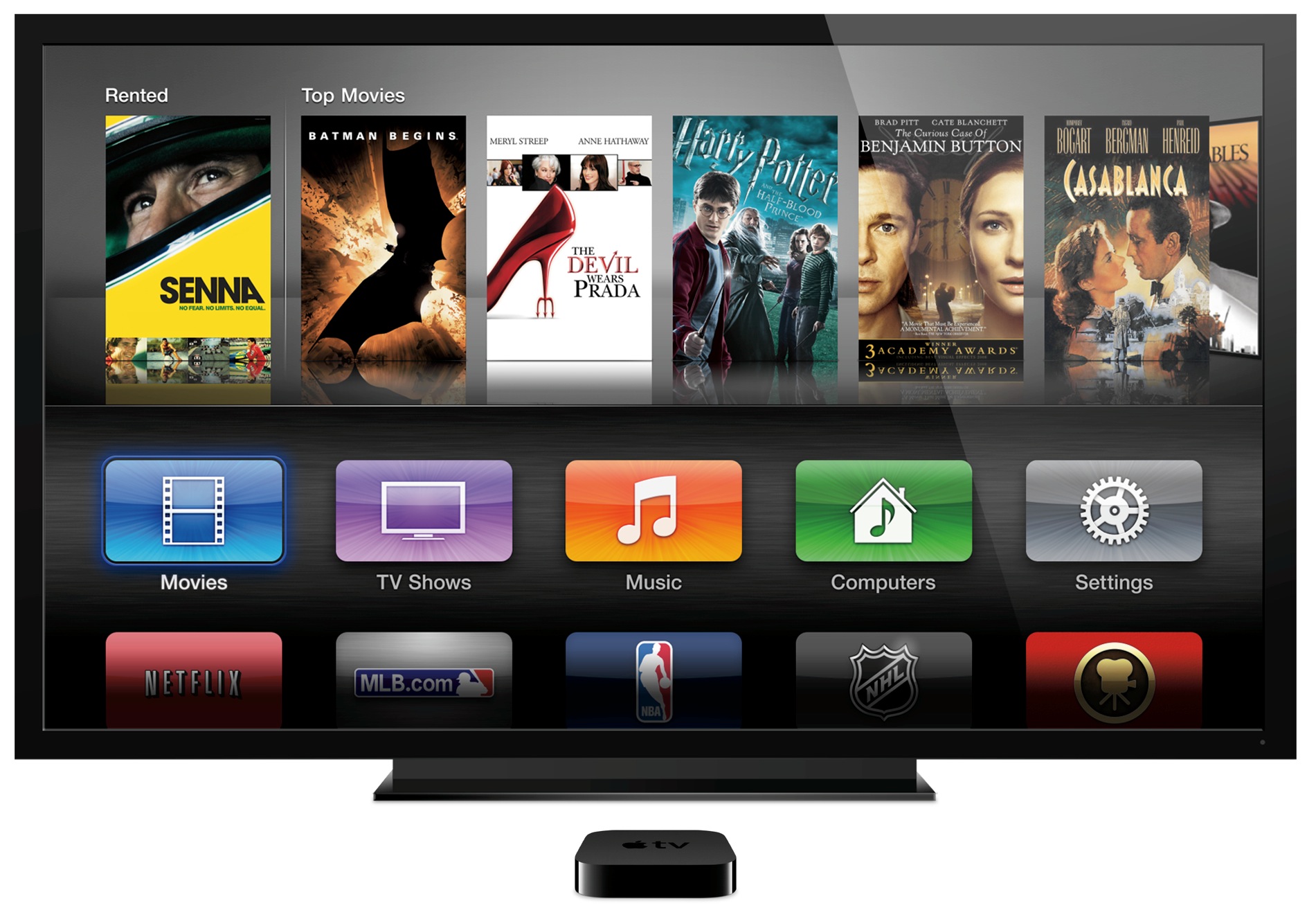The Google TV project has seen modest success (and that’s putting it nicely), but nowhere near the level of interest of Apple’s set-top box which holds more than half the world’s market for streaming boxes.
People who are serious about software make their own hardware, Alan Kay once famously said. In this regard, Google is just as eager to become a hardware maker as Apple is adamant to double-down on online services.
That being said, it’s no surprise Google is rethinking its approach to the living room. Earlier this week we were offered a glimpse of Google’s renewed living room effort as the search giant announced a $35 TV dongle called the Chromecast, alongside the second-gen Nexus 7 tablet.
That’s just the beginning, though. The Wall Street Journal now reports that Google is working on its own set-top box hardware with built-in motion recognition technology akin to Microsoft’s Kinect…
Shira Ovide and Christopher S. Stewart, writing for the Journal, claim Google at CES in January 2013 privately showed off a prototype of a previously unreported set-top box.
The device is said to be “similar to existing digital-media hubs sold by companies such as Apple and Roku”, per people briefed on the device, and allegedly included a built-in camera and a motion sensor similar to Microsoft’s Kinect.
Android head Andy Rubin apparently demoed the Android operating system running on the device and apps like Hangouts video conferencing.
The Google device Mr. Rubin showed was different than Chromecast, a Web-to-TV connector Google announced Wednesday.
The report doesn’t mention whether Google scrapped the device in favor of Chromecast, but notes it includes a broader set of features compared to Google’s new TV dongle.
One of these people said the device allowed people to stream YouTube videos, watch TV shows or movies from the Google Play digital-programming store, and access Android apps such as videogames or, potentially, digital media services such as Netflix and Pandora.
Google currently doesn’t make Google TV boxes.
Instead, the company partners with vendors such as Sony and Logitech who get to build and market these boxes. If WSJ is right and Google is building its own living-room device, the likes of Microsoft, Apple and others should be worried a lot.
Microsoft’s new Xbox One console includes Kinect as standard.
Don’t you think for a second the company is going to sit on the sidelines as Microsoft, Google and others make advances in the living room. Whether or not Apple builds a full-on television set or simply continues cramming features into its existing $99 hockey puck hardware is irrelevant.
At this point, Apple has filed for just too many patents for intelligent remotes, indicating its interest in the sector goes beyond a hobby project after all. And as the firm continues “pulling the strings”, its executives led by the chief media negotiator Eddy Cue continue trying out different strategies with content owners.
Options on the table range from Apple TV apps like WatchESPN and HBO Go to a rumored ad-skipping technology (now patented) to live TV streaming deals with the likes of Time Warner Cable.
It remains to be seen if television networks will relent and let Apple disrupt the status quo. At the end of the day, the game will come down to who throws more money at those unwanted allies in Hollywood.


